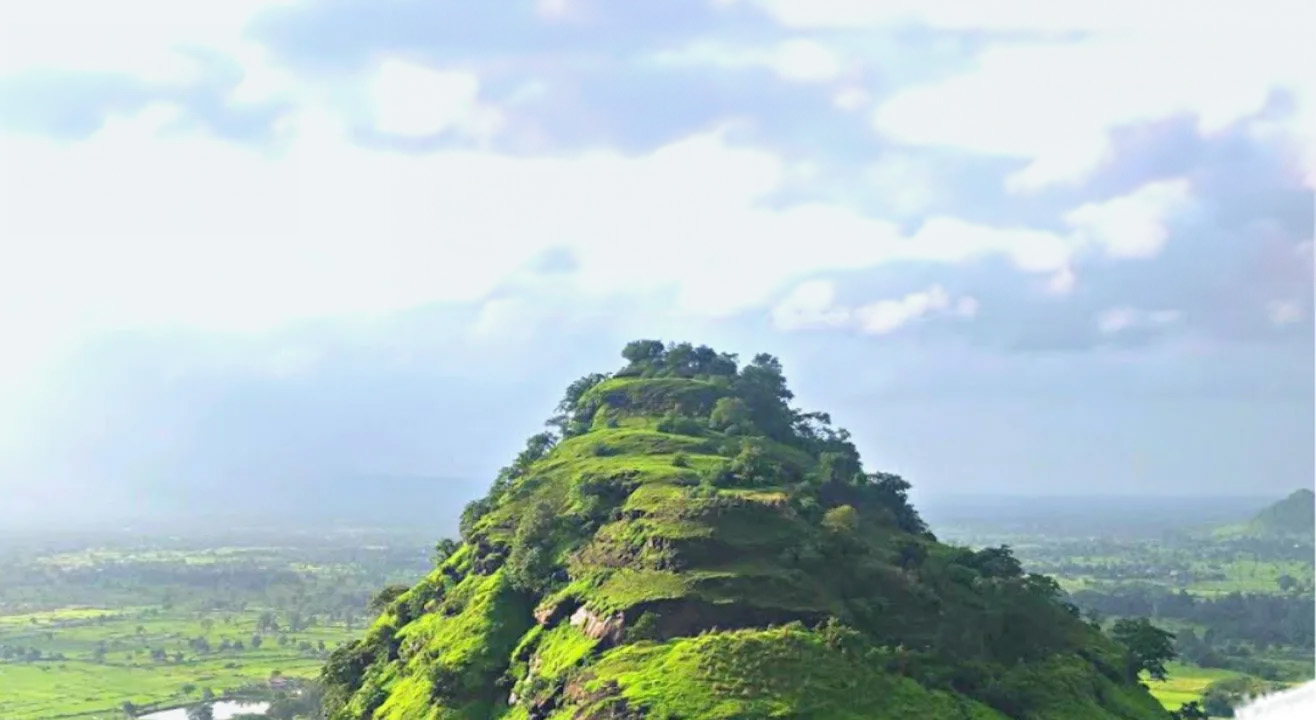Nestled within the lush Western Ghats of Maharashtra, the Bhivgad trek offers a captivating blend of history, nature, and a moderately challenging hike. This hidden gem, also known as Bhimgad fort, is an excellent option for trekkers seeking a thrilling experience near Mumbai and Pune. This blog will delve into the difficulty level of the Bhivgad trek, its historical significance, directions, nearby attractions, and practical tips for a memorable experience.

Difficulty Level
The Bhivgad trek is classified as a moderate-level trek. While the trail itself isn’t overly difficult, it does involve some steep sections that can be challenging, especially during the monsoon season. If you’re a beginner trekker with a decent fitness level, this trek is an excellent way to start.
History and Stories regarding Bhivgad
Bhivgad fort doesn’t have extensively documented historical records. However, it’s believed to have been constructed during the Satvahana period and served as a strategic watchtower to safeguard trade routes. Local lore and legends add a touch of mystery to the fort’s past.
How to Reach Bhivgad
There are two primary routes to reach the base village of the Bhivgad trek:
- Route 1: From Mumbai/Pune via Karjat
- Take a local train to Karjat railway station.
- From Karjat, hire a private vehicle or shared rickshaw to reach the base village of Sandshi.
- Route 2: From Mumbai/Pune via Kasara
- Take a train to Kasara railway station.
- Hire a shared taxi or private jeep to reach either Vadap village or Gaurkamat village (alternate base villages).
Food, Water, and Accommodation
Since Bhivgad is a one-day trek, there are no accommodation options on the fort itself. The base villages offer limited food and water supplies. It’s advisable to carry ample water and snacks for the entirety of your trek.
Other Treks in the Vicinity
If you’re looking for more trekking adventures near Bhivgad, here are a few great options:
- Dhak Bahiri Fort
- Bhimashankar Trek
- Sondai Fort
- Kothaligad (Peth) Fort
Temple at the Base or Top at Bhivgad
There’s no temple located at the base or on top of Bhivgad fort.
Seasonal Flora and Fauna
Bhivgad comes alive during the monsoon season (June to September). You’ll witness lush greenery, cascading waterfalls, and a diverse range of flora. Keep an eye out for interesting insects and birdlife, especially if you’re an avid nature lover.
Activities at Bhivgad
- Trekking: The prime activity is the trek itself, offering scenic views and a satisfying climb.
- Photography: Bhivgad’s natural beauty presents ample opportunities for photography.
- Exploring the Fort Ruins: Discover remnants of the fort and imagine the lives of those who once resided here.
What to Expect in Different Seasons
- Monsoon (June – September): Lush greenery, waterfalls, slippery trails (exercise caution).
- Winter (October – February): Pleasant weather, clear skies, and excellent visibility.
- Summer (March – May): Hot and dry, carry extra water.
Important Tips
- Start your trek early in the morning.
- Carry a backpack with water, snacks, a basic first-aid kit, and a raincoat.
- Wear comfortable trekking shoes with good grip.
- Respect the fort’s historical significance and the surrounding nature.



